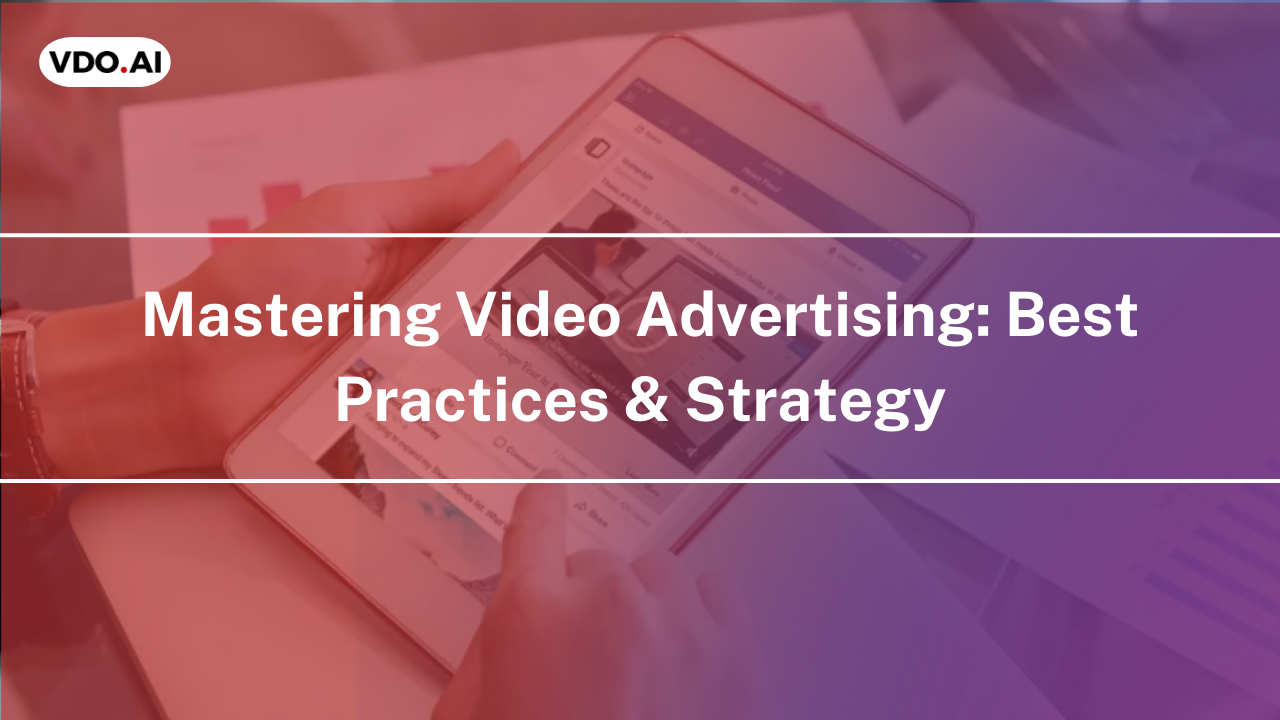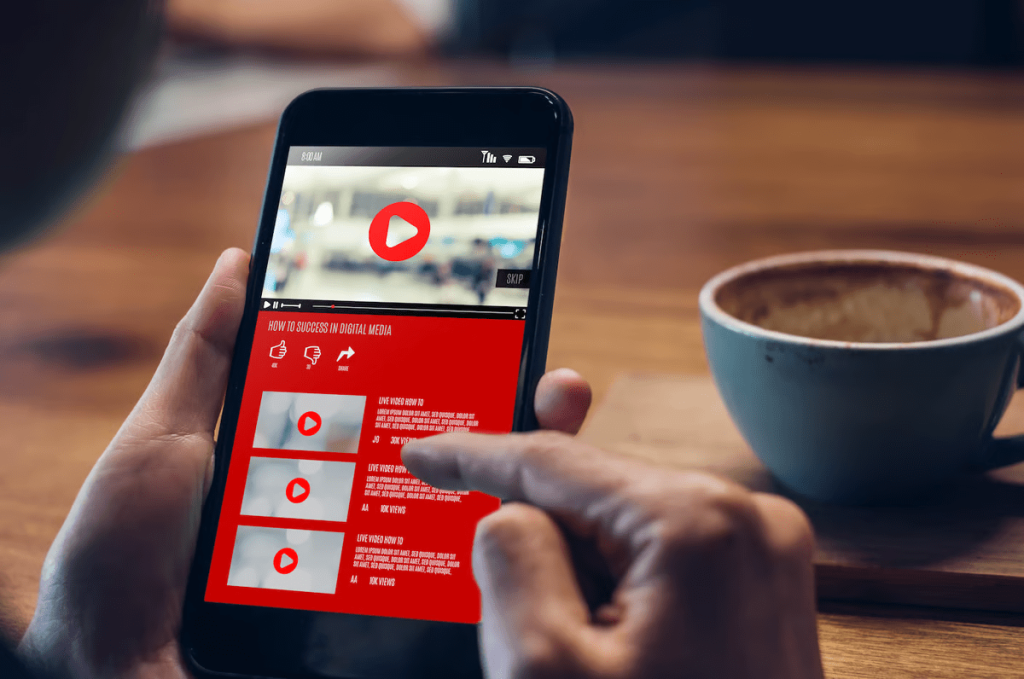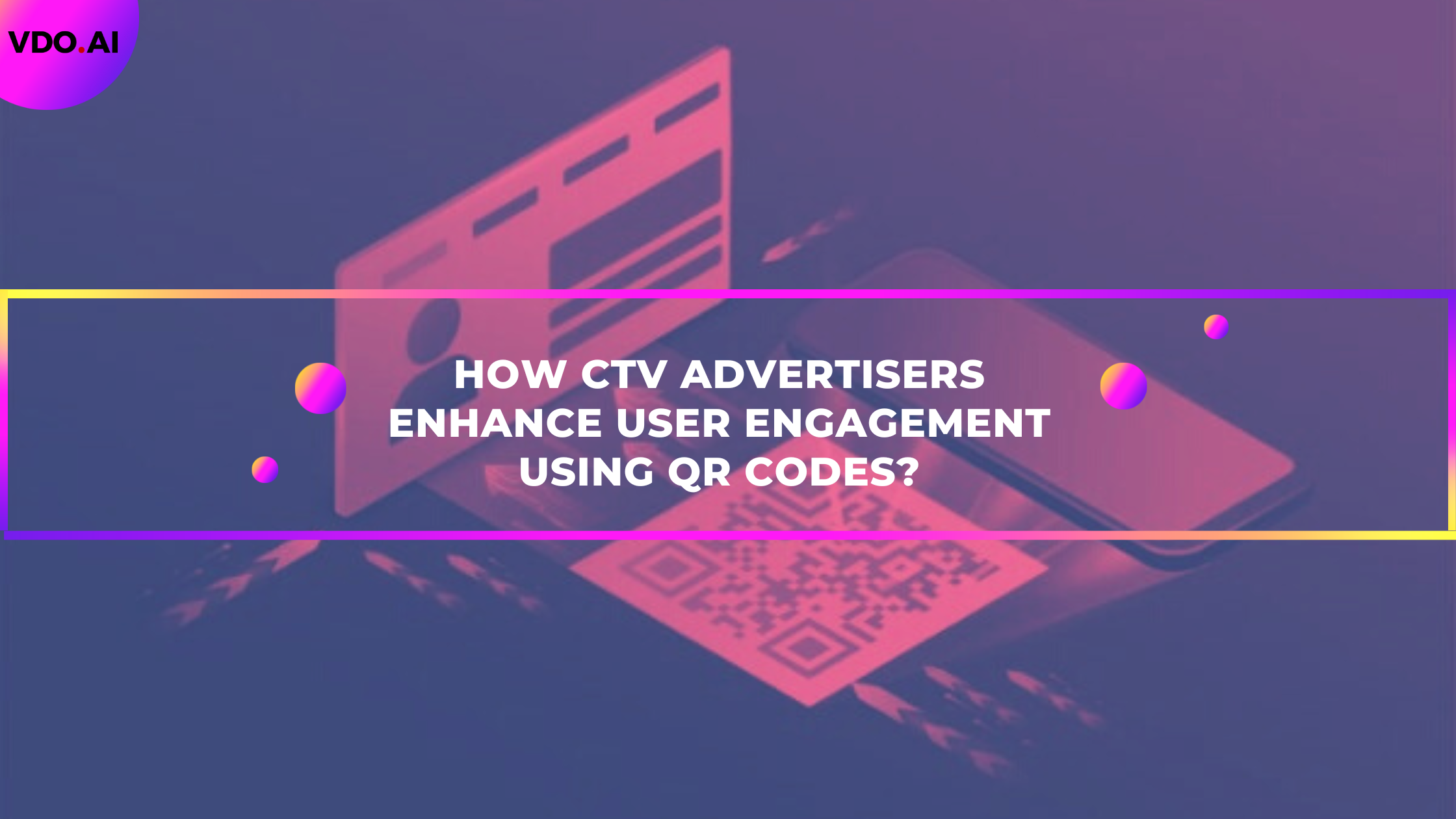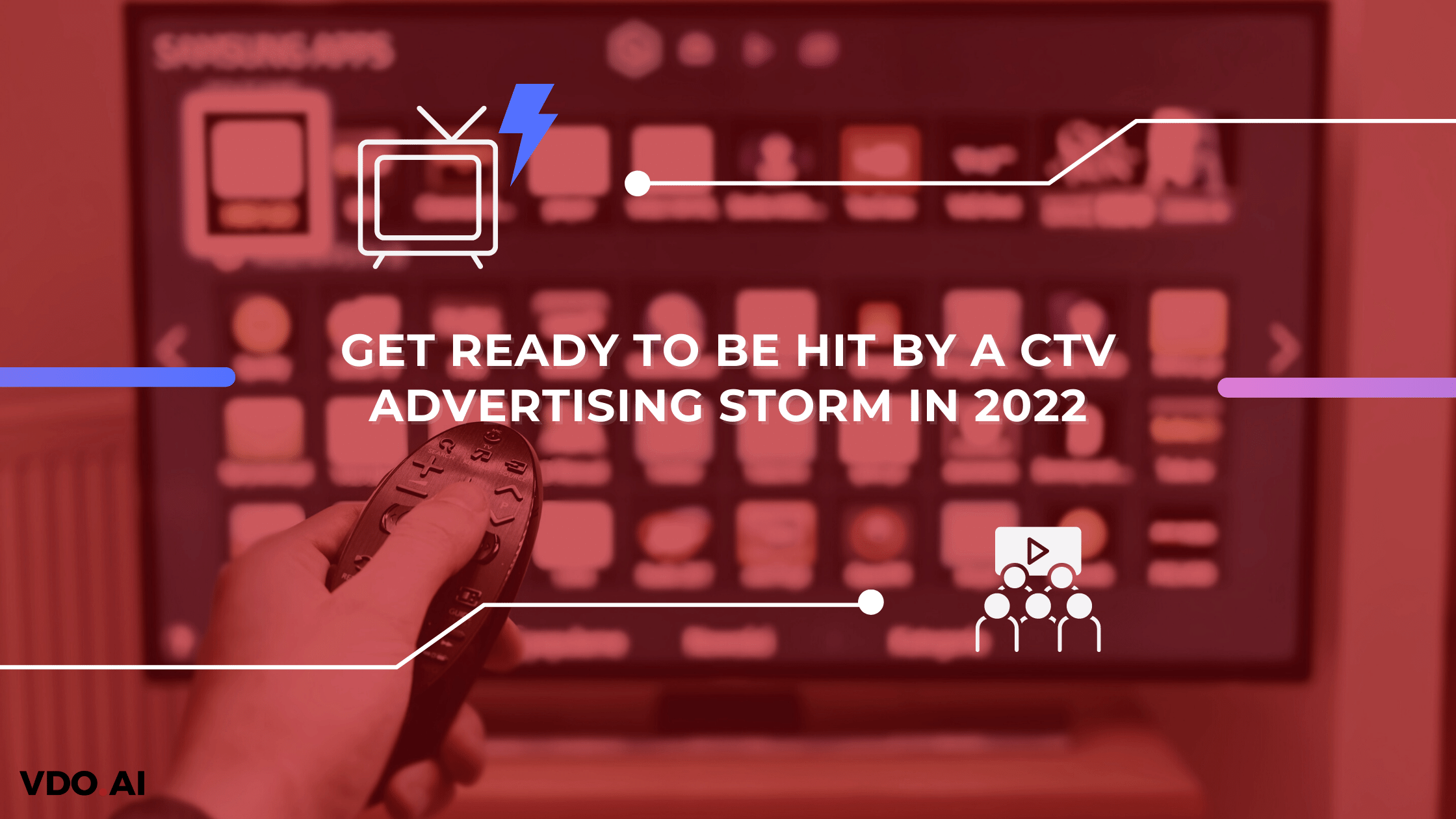Mastering Video Advertising: Best Practices & Strategy
Reading Time: 3 minutesVideo advertising has gained immense popularity in recent times because everyone’s always on the go and looking for quick and easy ways to get their entertainment fix. There are tons of options out there for people to choose from when it comes to consuming content. But, the video is definitely one of the most popular choices.
With high-speed networks like 5G, video ad serving has become even more prevalent. Because it’s fast and efficient, it is easier than ever to get your message out there.
Video Advertising: What Is It?
Video advertising has become an integral part of digital marketing, and it involves the placement of commercials that appear before, during, or after streaming content. This format offers marketers an opportunity to showcase their products and services.
There are several types of video ads that advertisers can utilize to reach their target audience. By understanding the different types of video ads, following best practices, and implementing effective serving strategies, advertisers can master this format and achieve their marketing goals.
Different Kinds of Video Advertisements
The fact that brands and marketers have a wide variety of video types and formats to pick from is one reason they are ready to attempt video commercials. Let’s be familiar with some of them:
- Stream Advertisements
In-stream commercials are perhaps the ones that most consumers and marketers are most familiar with. These can be seen prior to, during, or following video content.
For instance, YouTube uses in-stream advertisements. Interactive advertising tempts viewers to click a link or take advantage of an offer.
- Nonlinear Ads
On the other hand, non-linear ads may appear as an overlay or outside the main video. If viewers click on one of these ads, the main video they are watching ends. Non-linear ads don’t contain links to other resources.
- Promoted Ads
In-stream and non-linear video ads offer several options for advertisers. One of the possibilities is a promoted ad specifically targeted at gamers. By offering in-game rewards like an extra life or a new tool, advertisers can entice gamers to watch their video advertisement before continuing to play.
- Native Video Ads
Native video advertising is becoming more advanced, giving advertisers the chance to create compelling ad experiences that seamlessly blend with the websites their potential customers frequently visit. With a native video ad, advertisers can engage with their audience in a way that feels natural and unobtrusive, while still getting their message across. Consider this option for a more effective and engaging video advertising strategy.
Basic Practices for Video Advertising
Optimizing ad loading times is crucial for a satisfying user experience.
In order to do this, it’s crucial to host video files on a quick CDN. Also, use lazy loading video advertising, which prioritizes loading the main page first.
To ensure a great user experience, a website should include a reasonable number of adverts.
Ads can distract visitors, slow down page loads, cause bounces, and activate ad blocks.
Starting with a straightforward design, add appropriate ad placements based on page traffic, time spent on the page, and the primary video content.
For ads to be effective, they must be pertinent to the audience.
Understanding their interests, location, and gadgets is crucial for accomplishing this.
Additionally, when establishing the video advertisement in the ad server, it’s crucial to add targeting and restrictions.
How are Video Ads Served on an Internet Page?
With the inclusion of processes relating to VAST signal exchange, video ad serving is essentially identical to display ad serving. The precise steps are as follows:
- On the publisher’s website, a user with a video ad unit emerges.
- A signal is sent to obtain a video for the impression via the ad tag (VAST code) inside the ad unit.
- To auction the impression and discover the appropriate bid in accordance with the floor price and targeting choices, the signal is sent to associated ad networks, SSPs, and exchanges.
- The ad server is instructed to display a video ad when the winning advertiser has been selected.
- The video is retrieved by the ad server, loaded into an ad unit, and given the impression designation.
- Ad servers will occasionally use a CDN (content delivery network) to help with faster video delivery. As a result, the effectiveness of ad servers affects how quickly video ads are delivered.
Conclusion
If you’re an advertiser looking for a reliable partner to help you with your video advertising needs, look no further than VDO.AI. With us, you can take your video advertising strategy to the next level and reach your target audience with precision targeting and engaging ad formats. So, why wait? Contact us today and see the difference it can make for your business!






